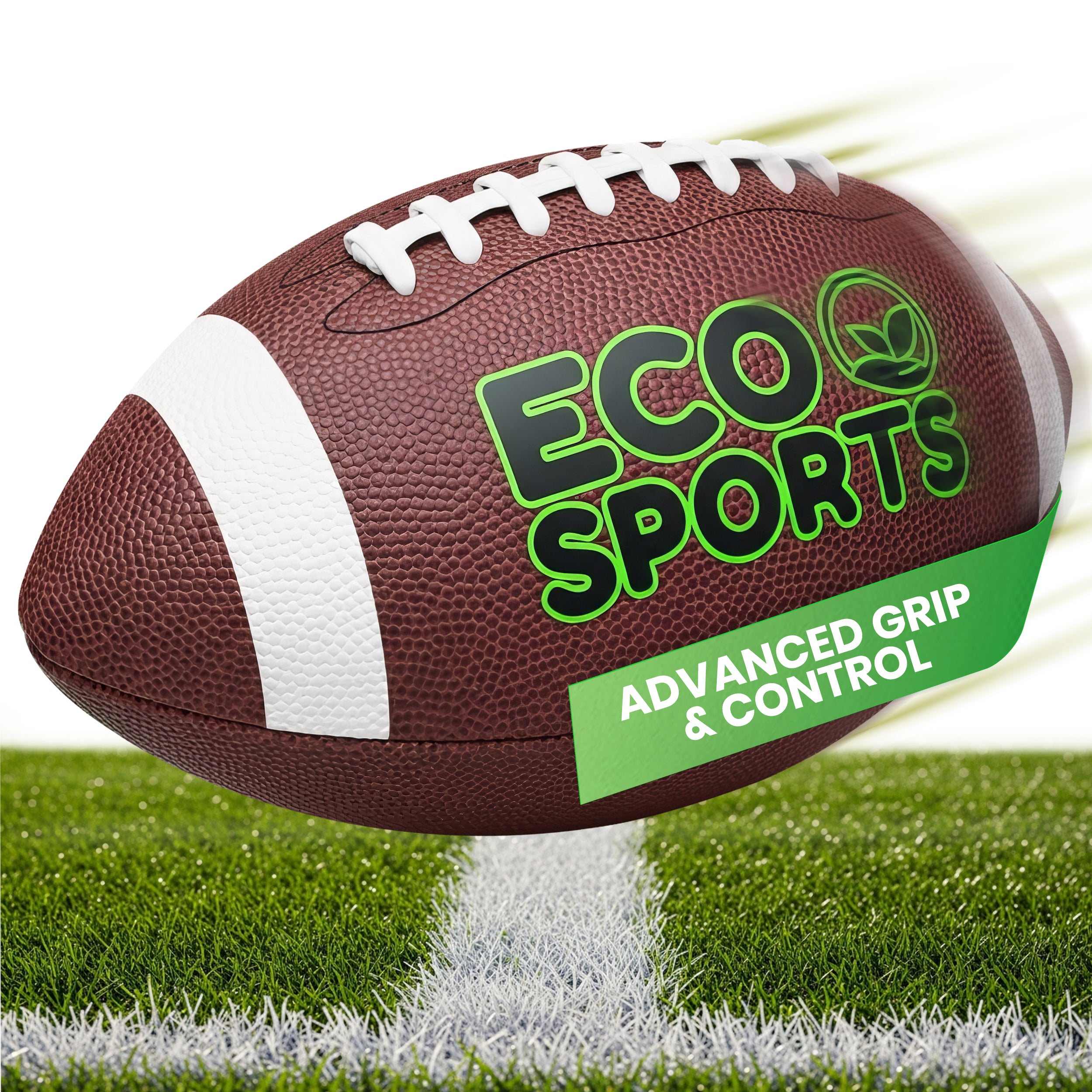Ben Jons can beat people with a frying pan. So what gives with these $250 paddles? Is it worth it?
Lets explore the Disparity Between Affordable and Premium Pickleball Paddles. The cost of a quality pickleball paddle is a subjective matter, as players' preferences are shaped by their unique experiences on the court. In the world of pickleball, where opinions vary widely, one player's idea of an excellent paddle might differ significantly from another's.
Setting aside individual skill levels, many pickleball enthusiasts may wonder what sets a good pickleball paddle apart and why investing in a premium one is justified. While the question of how much to spend on a paddle can lead to a complex discussion, let's delve into the distinctions between budget and premium paddles, providing consumers with valuable insights.
On my quest to be a Top 50 PPA pickleball player I played with pretty much every paddles on the market and here are the reasons we recommend spending over $100 on a pickleball paddle.
1. Raw Materials For High Quality Paddles
A quick browse on Amazon will reveal a plethora of carbon fiber and honeycomb core paddles available for under $50. Simultaneously, you can find paddles with the same core material costing over $150. So, what's the rationale behind this price gap? The quality of materials plays a pivotal role, impacting price, durability, and the feel of the paddle. Inexpensive, low-grade materials are weaker, more brittle, and prone to deteriorate under the consistent stress of pickleball play. They often require more resin, resulting in heavier paddles. Over time, these inferior materials can lose their shape when subjected to continuous or repetitive impacts, like striking a pickleball. While this factor contributes to the disparity in paddle quality, it is only one piece of the puzzle.
2. Quality of Manufacturing... Everytime
Expensive paddles reflect an investment in superior manufacturing processes. Companies producing premium paddles not only begin with better materials, but they also excel in crafting top-quality paddles. Many firms selling inexpensive paddles on platforms like Amazon do not specialize in high-performance sporting equipment. Their primary focus is mass production with cost-efficiency. This often involves automated manufacturing processes, including the use of robots, and the production of large batches with minimal quality control. When the construction process is automated, there's limited room for troubleshooting or on-the-fly improvements. A robot won't detect if an edgeguard isn't fully adhered; it simply moves on to the next paddle in the line. Another issue that arises is dead spots—areas on the paddle where the ball loses its rebound characteristics due to the separation of the skin from the core. Again, this can be attributed to less meticulous manufacturing practices. Althought top tier paddles companies do not quality control and you will see a wide variation of grit on the paddle surface.
However premium paddle manufacturers SHOULD prioritize quality control. They take pride in the craftsmanship of their products, making and inspecting paddles by hand. This hands-on approach allows them to identify and rectify any issues swiftly, ensuring that only the best paddles reach consumers. A significant benefit for customers is the assurance of a warranty. If something goes awry with your premium paddle, you can count on the manufacturer to address the issue, standing behind their product.
3. Paddle Technology Keeps Getting Better
The world of pickleball paddle technology and standards is evolving rapidly. Some players regularly acquire new paddles to stay current with the latest advancements. While this level of turnover may not be necessary for most players, there's undeniable value in technological innovation. Inexpensive paddles purchased online rarely incorporate or drive the latest technological developments, and this can make a difference on the court. Flax Fiber Pickleball Paddles is a great example of technology catching up in both performance and sustainability. You can read more about Carbon Fiber Alternatives here.
Pickleball should be an enjoyable, effortless game. Recent advances in pickleball technology have made it easier to focus on your game and worry less about your gear. Over the past three years, paddles have become more durable, forgiving, and quieter. Some manufacturers have even found ways to reduce vibrations, benefiting players who experience tennis elbow. If you're highly skilled or playing for fun, a budget paddle may suffice. However, for the majority of us, a high-quality paddle tailored to our playing needs enhances the game.
Premium paddles are constructed from superior raw materials, employ top-notch manufacturing processes, and incorporate the latest technology. These factors collectively contribute to a superior pickleball experience. When contemplating the investment in a pickleball paddle, remember that you're not merely purchasing a piece of equipment; you're enhancing your overall game with a well-crafted, reliable tool that can elevate your performance on the court. Premium Sporting Goods are always a good way to go as they are generally made from higher quality materials and last longer making them more sustainable. Eco Sports is a great example of company that uses biodegradable Vegan Leather for their eco friendly basketballs without compromising on performance.










